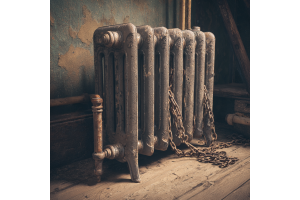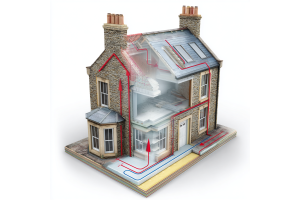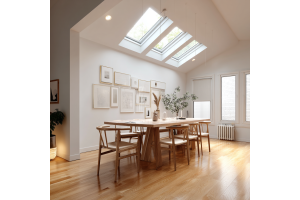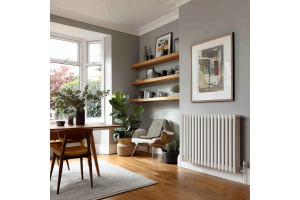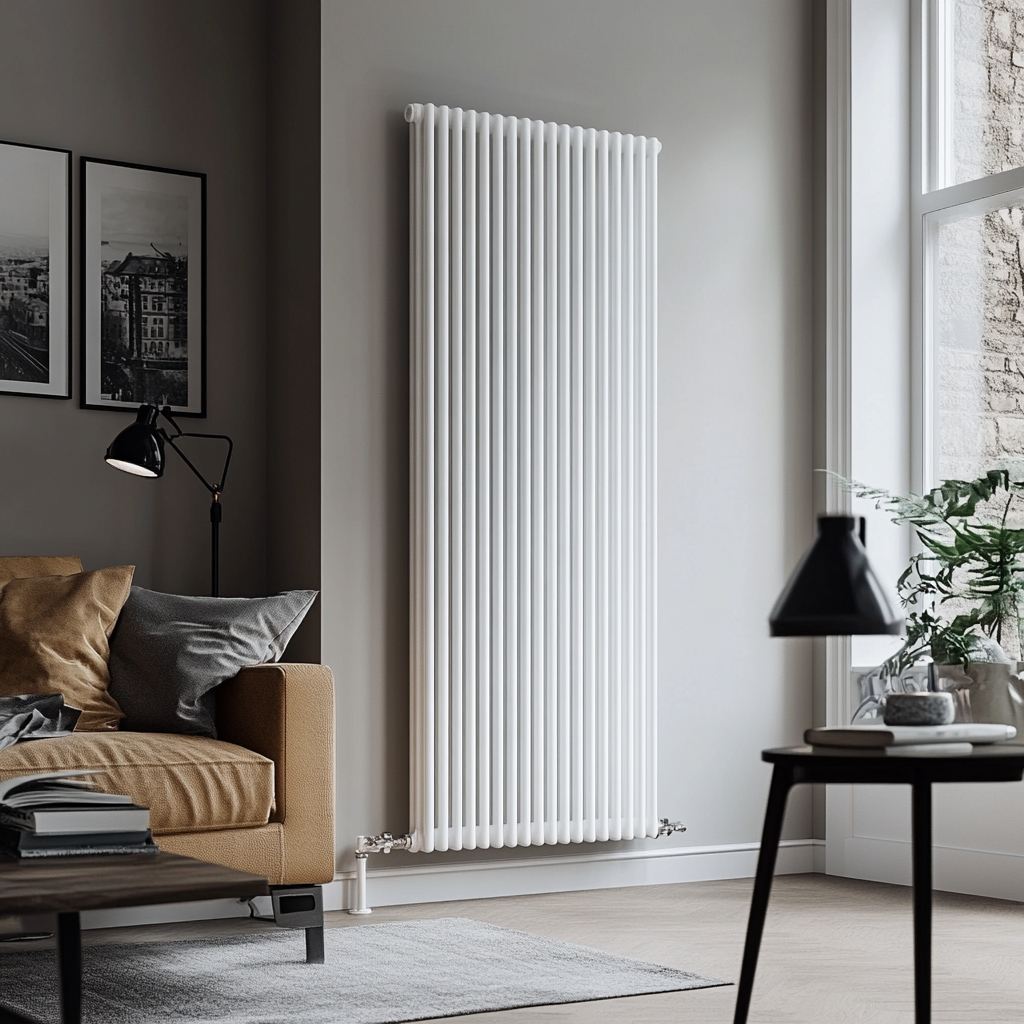
When it comes to home heating, radiators are not just a functional necessity—they are an integral part of your home's design and comfort. Choosing the right radiator involves considering various factors such as type, size, material, efficiency, placement, and aesthetics. In this comprehensive guide, we'll explore these key aspects to help you make the perfect choice for your space.
1. Understanding Different Types of Radiators
Radiators come in various styles and types, each catering to different heating needs and aesthetics. Below is an overview of the most popular options:
Panel Radiators
-
The most common type, often found in homes across the UK.
-
Available in single-panel, double-panel, or convector models for enhanced heat distribution.
-
Cost-effective and efficient, suitable for most rooms.
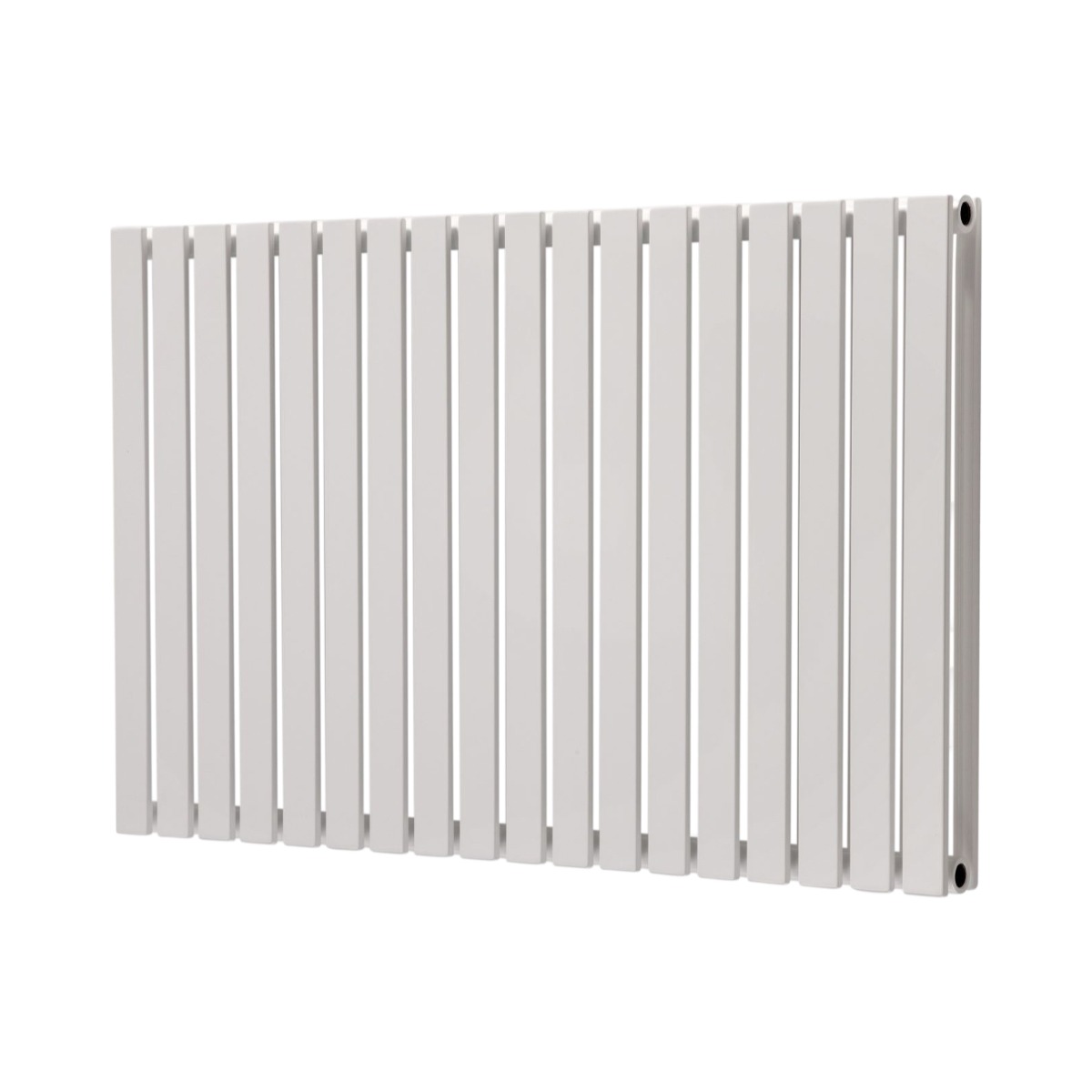

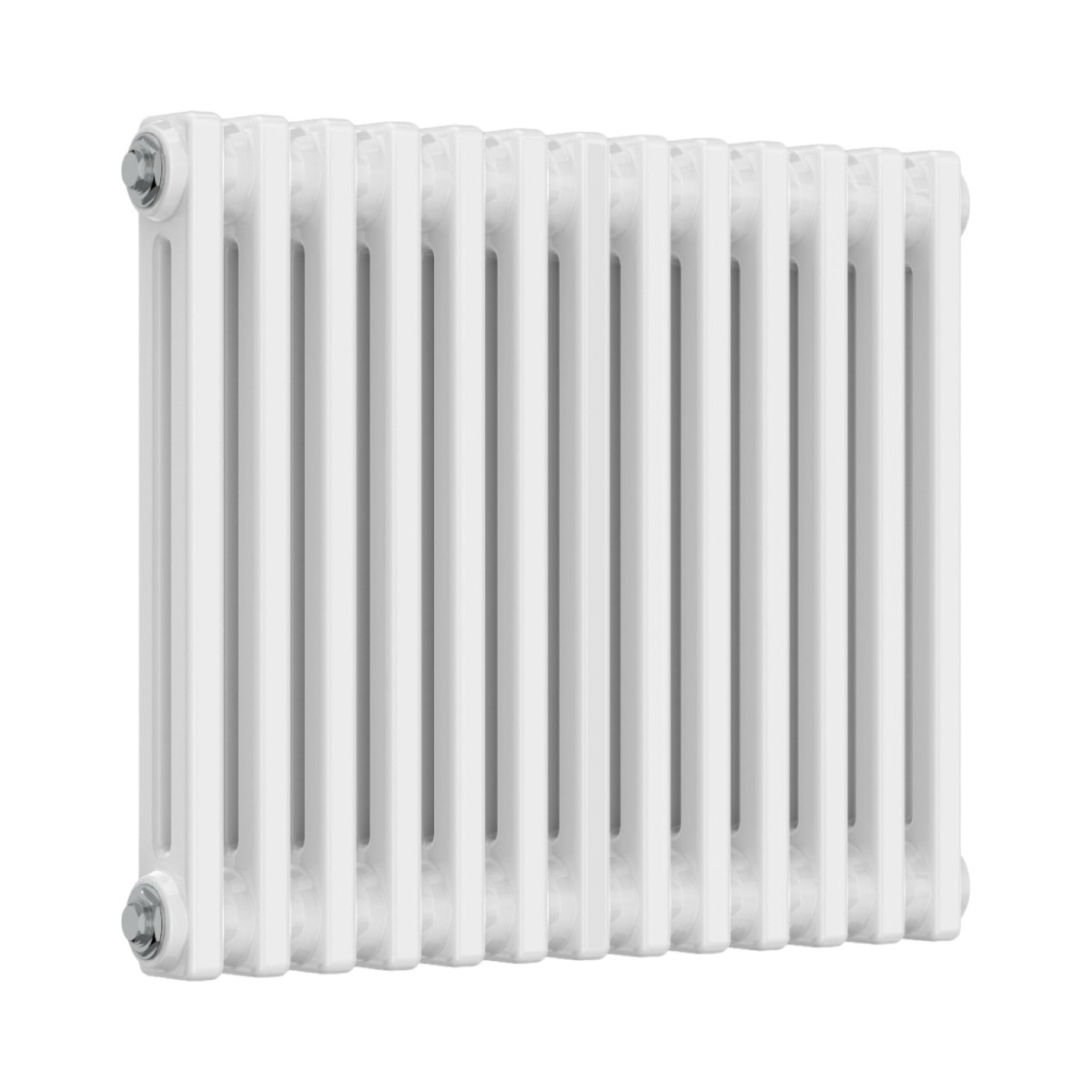

Column Radiators
-
Feature a traditional, vintage-inspired design with vertical columns.
-
Provide excellent heat retention and distribution.
-
Ideal for period properties and rooms with high ceilings.
Designer Radiators
-
Stylish and modern, these radiators double as statement pieces.
-
Available in various shapes, colours, and finishes.
-
Perfect for contemporary interiors where aesthetics are important.
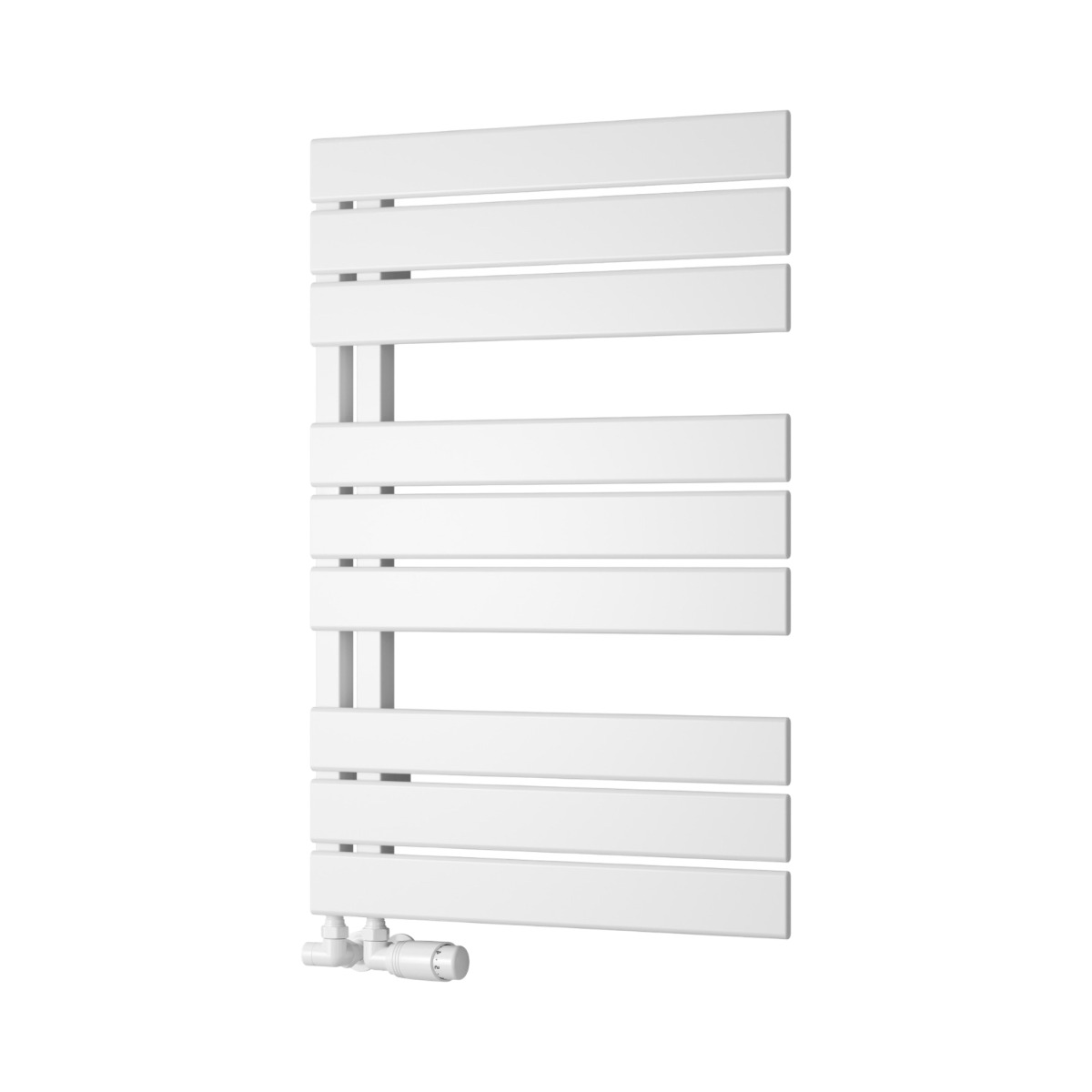

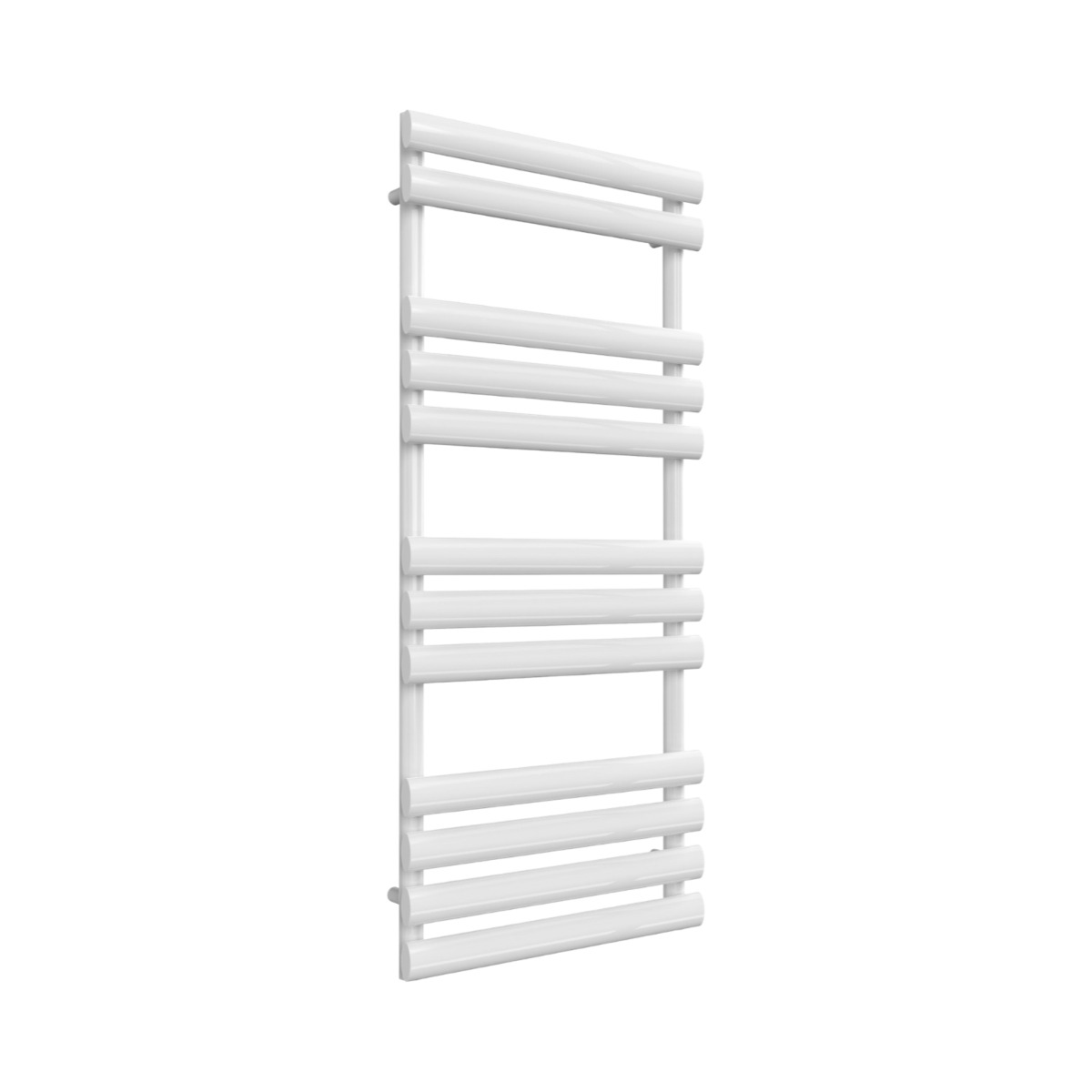

Towel Radiators (Heated Towel Rails)
-
Designed for bathrooms and kitchens, these radiators warm towels and heat the space.
-
Available in wall-mounted and freestanding designs.
-
Can be dual-fuel, meaning they work with both central heating and electricity.
Electric Radiators
-
Ideal for homes without central heating.
-
Easy to install and control with independent temperature settings.
-
Available in various energy-efficient models.
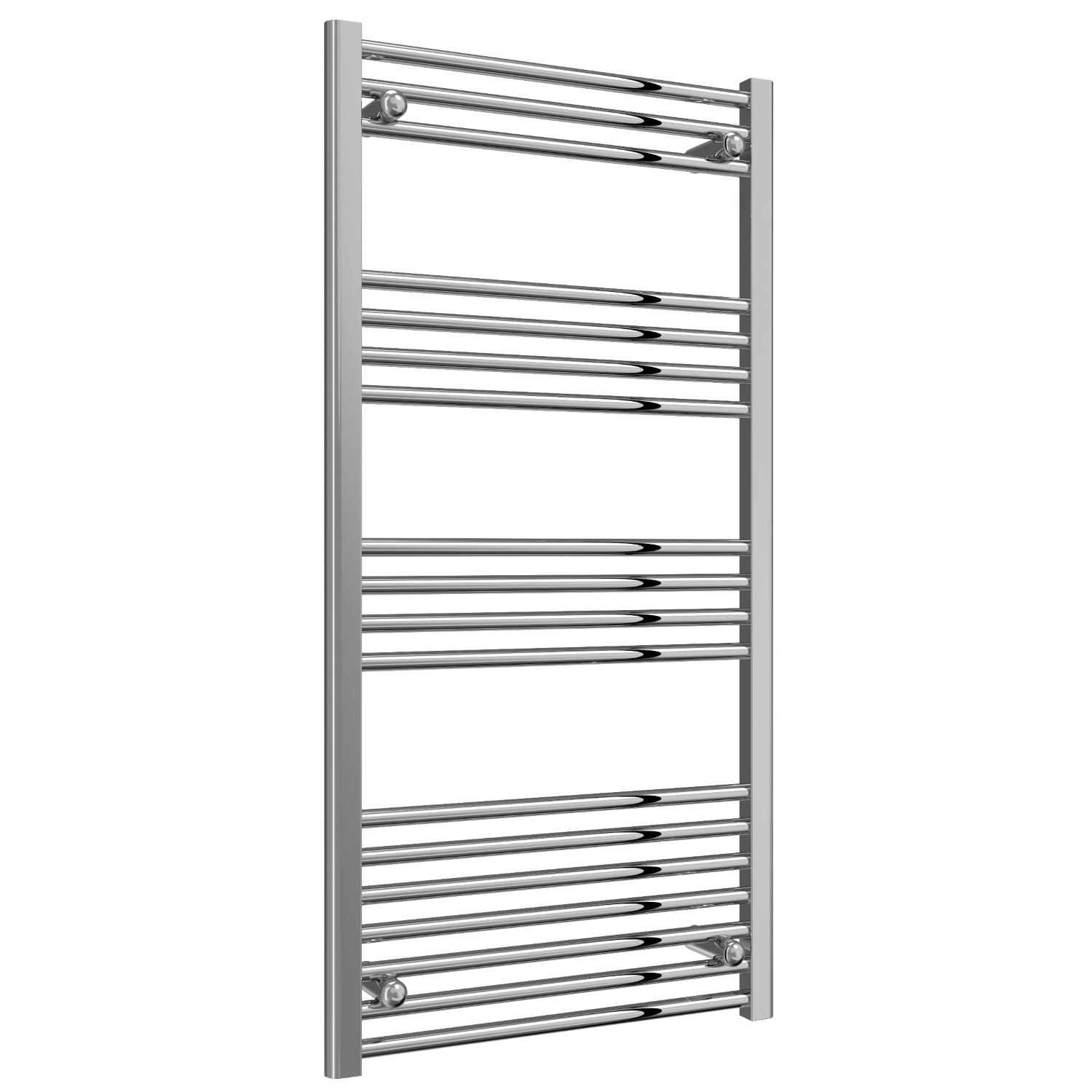

2. Choosing the Right Size
The correct radiator size is crucial for maintaining a comfortable temperature while maximizing efficiency. The main factor to consider is the heat output, measured in British Thermal Units (BTUs). Here’s how to determine the right size:
-
Measure Your Room Size: Calculate the room's square footage to determine its heating needs.
-
Consider Insulation: Well-insulated homes retain heat better, requiring lower BTU outputs.
-
Assess Window Placement: Large or single-glazed windows increase heat loss and may require a larger radiator.
-
Factor in Ceiling Height: Taller ceilings mean more air to heat, requiring a radiator with higher output.
Use a Calculator: These tools provide precise calculations based on your specific room conditions
3. Best Materials for Radiators
The material of a radiator affects its heat retention, energy efficiency, and durability. Here’s a comparison of common radiator materials:
Steel Radiators
-
The most common material, known for quick heating and cooling.
-
Available in various finishes and colours.
-
Cost-effective and suitable for most homes.
Aluminium Radiators
-
Highly energy-efficient due to rapid heating and cooling properties.
-
Lightweight and ideal for modern interiors.
-
More expensive than steel but offers long-term energy savings.
Cast Iron Radiators
-
Excellent heat retention, staying warm for longer after the heating is turned off.
-
Ideal for period homes and traditional interiors.
-
Heavier and slower to heat up compared to other materials.
Stainless Steel Radiators
-
Rust-resistant, making them perfect for bathrooms and humid environments.
-
Offer a sleek, modern appearance.
-
More expensive but highly durable and low-maintenance.
Glass and Stone Radiators
-
Unique and contemporary, acting as decorative heating solutions.
-
Less efficient compared to metal radiators but provide a stylish alternative.
-
Often used in high-end designer spaces.
4. Placement: Where Should You Install Your Radiator?
The location of your radiator affects how efficiently it heats the room. Here are key considerations:
-
Under Windows: Traditionally placed here to counteract cold drafts, but may not be necessary with modern double glazing.
-
On External Walls: Helps distribute heat effectively throughout the room.
-
On Interior Walls: Useful for maximizing space when wall space is limited.
-
Vertical Radiators: Ideal for small or awkward spaces, freeing up horizontal wall areas.
-
Multiple Radiators in Large Rooms: Instead of one large radiator, installing two smaller ones can ensure even heat distribution.
5. Energy Efficiency and Smart Heating
Efficiency is key when choosing a radiator, as it impacts heating costs and environmental footprint. Here’s how to ensure your radiator is energy-efficient:
-
Opt for Thermostatic Radiator Valves (TRVs): These allow for independent temperature control in each room.
-
Choose High-Efficiency Radiators: Aluminium models and modern steel radiators are designed for better heat output with lower energy consumption.
-
Consider Dual-Fuel Models: Electric and central heating combinations provide flexibility and energy savings.
-
Use Smart Heating Controls: Programmable thermostats and smart radiator valves help manage energy use effectively.
-
Improve Insulation: Good insulation reduces the amount of heat needed, allowing radiators to work more efficiently.
6. Aesthetic Considerations: Matching Your Radiator to Your Interior
Radiators are now as much a part of interior design as furniture and décor. Consider the following when choosing a style:
-
Traditional vs. Modern: Choose a classic cast iron model for vintage charm or a sleek designer radiator for a contemporary look.
-
Colour and Finish: Bold hues can make a statement, while neutral tones blend seamlessly into your decor.
-
Shape and Style: Vertical, horizontal, and low-level radiators all offer different visual and functional benefits.
-
Minimalist vs. Decorative: Some radiators act as artwork, while others are discreetly designed to blend in.
Final Thoughts
Choosing the perfect radiator for your home requires balancing functionality, efficiency, and aesthetics. By considering the type, size, material, placement, and energy efficiency, you can ensure your radiator provides optimal warmth while complementing your interior design.
For expert advice and a vast selection of high-quality radiators, explore Geyser’s collection today and find the ideal heating solution for your home!



